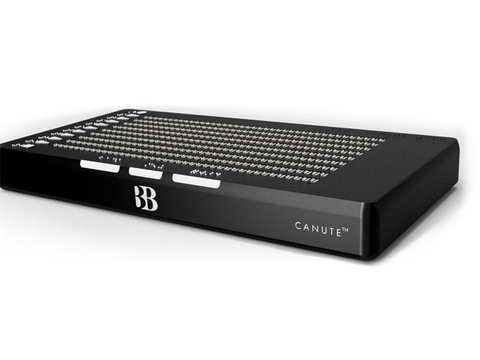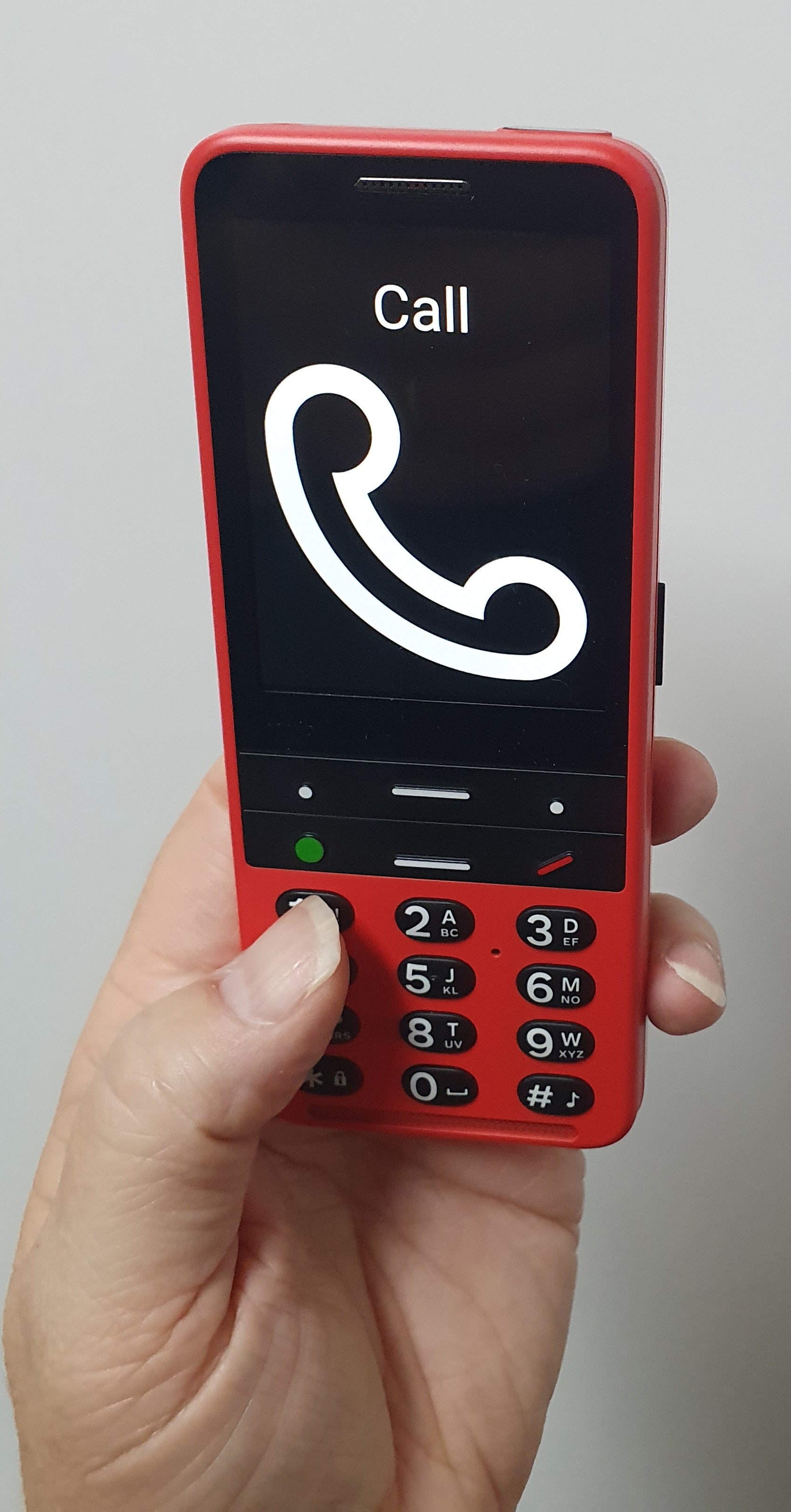AI-Powered Visual Aids: Redefining Support for the Blind
AI-Powered Visual Aids: Redefining Support for the Blind
Blog Article
Discover Ingenious Devices Made for the Visually Damaged
The growth of cutting-edge tools for the aesthetically impaired stands for a considerable advancement in accessibility and self-reliance. Technologies such as clever glasses with AI abilities and mobile applications designed to supply auditory descriptions are improving everyday experiences for individuals.
Smart Glasses for Navigation

Smart glasses developed for navigating are revolutionizing the means visually impaired people connect with their environment. These advanced devices utilize a combination of electronic camera modern technology, artificial intelligence, and auditory feedback to provide real-time information about environments. By utilizing challenge discovery systems, smart glasses can alert customers to possible dangers, enabling much safer wheelchair in both unfamiliar and acquainted setups.
The combination of GPS modern technology further boosts navigation capabilities, permitting customers to obtain acoustic instructions as they relocate. This hands-free technique not only fosters freedom but likewise empowers aesthetically damaged people to browse city landscapes with boosted self-confidence. Furthermore, many wise glasses are geared up with attributes that identify landmarks and road signs, giving contextual info that boosts the individual experience.
Furthermore, the advancement of these devices is consistently advancing, with business working to improve the accuracy of things recognition and increase the series of navigational functions. As smart glasses become more obtainable and budget friendly, they hold the prospective to considerably transform life for visually impaired customers. Ultimately, these innovative tools stand for a vital step towards inclusivity, offering enhanced wheelchair and a higher feeling of autonomy for people browsing the globe around them.

Mobile Apps for Daily Living
How can mobile applications enhance the lives of aesthetically damaged individuals? Mobile apps are transforming the way aesthetically damaged users navigate their settings, handle day-to-day tasks, and accessibility info. These applications give vital support through various capabilities, promoting independence and boosting high quality of life.
Several cutting-edge mobile applications are designed especially for everyday living. Applications like Be My Eyes connect aesthetically impaired individuals with sighted volunteers via video telephone calls, enabling them to receive real-time help with tasks such as checking out tags or navigating strange areas. Seeing AI, developed by Microsoft, utilizes fabricated intelligence to explain surroundings, reviewed text, and identify things, effectively transforming a smartphone right into a powerful tool for everyday assistance.
Furthermore, navigating apps customized for the visually damaged, such as Aira and BlindSquare, provide audio-based instructions and ecological details, allowing customers to traverse their surroundings securely and with confidence. Past navigating and prompt assistance, mobile apps additionally support company and job management, with attributes that aid individuals set tips, create order of business, and track visits. In recap, mobile applications function as essential sources, encouraging visually impaired individuals to lead more independent and satisfying lives.
Wearable Technologies for Help
Empowerment through technology is significantly noticeable in the world of wearable tools designed to help aesthetically damaged people. These cutting-edge devices incorporate perfectly right into every day life, enhancing navigation and offering necessary feedback to individuals. For circumstances, smart glasses furnished with cameras can check out and acknowledge faces text out loud, permitting individuals to interact even more confidently in professional and social settings.
Another remarkable innovation is making use of haptic comments systems in wearable tools. These systems make use of resonances or various other responsive signals to communicate information about the user's environment, such as obstacles or changes in surface, improving wheelchair and security. Wearable innovations likewise include wristbands that link to smartphones, signaling individuals to notifications with refined vibrations, thus enhancing connection without reliance on visual cues.
As these technologies remain to advance, they are not just enhancing freedom for visually damaged people yet additionally cultivating a greater sense optometrist near me of inclusion in society. By bridging the void between difficulties faced in everyday living and the capacity for freedom, wearable modern technologies act as essential tools in the mission for equality and empowerment for those with visual impairments.
Audio Summary Tools
Sound description tools play a critical duty in improving accessibility for visually damaged individuals, supplying them with the ability to engage with aesthetic media. AI-powered visual aids. These devices supply narrated summaries of key visual aspects in movies, tv programs, and live efficiencies, ensuring that individuals can completely understand the context and feelings shared through visuals
Audio description can be integrated into numerous platforms, consisting of streaming solutions, movie theater testings, and live theater. Lots of preferred streaming services currently consist of audio summary as an ease of access function, enabling visitors to select it easily. Along with conventional media, specialized applications likewise exist, supplying audio descriptions for art exhibits, galleries, and various other cultural occasions.
The performance of audio summary rests on the skill of the narrators, who should communicate visual details succinctly without detracting from the original audio. Developments in this field are also leading the way for more customized experiences, fashion eyeglasses where users can adjust the level of information and pacing according to their choices.
Braille Innovations and Tools
Braille advancements and devices have actually dramatically changed the way visually impaired individuals connect with text and details. Modern developments have actually led to the advancement of functional devices that enhance proficiency and freedom amongst users. Notably, Braille show modern technologies have actually advanced, enabling dynamic reading experiences. These devices convert digital text into Braille, allowing customers to access a substantial array of information on tablets, smartphones, and computers.
Moreover, portable Braille notetakers combine traditional Braille input with modern performances, helping with note-taking, scheduling, and record editing and enhancing on the go. Speech-to-text devices for low vision. These small devices often include text-to-speech abilities, connecting the space in between Braille and auditory details
In enhancement, innovative Braille printers have actually emerged, permitting customers to create Braille labels, documents, and instructional materials successfully. This ease of access promotes greater engagement in expert and educational settings, ultimately advertising inclusivity.
In addition, research study into wise Braille modern technologies remains to expand. Devices that integrate expert system are being explored to offer real-time navigation assistance and contextual info, boosting the user experience in varied settings. On the whole, these advancements reflect a commitment to equipping aesthetically impaired individuals via modern technology, ensuring they can quickly gain access to and involve with the world around them.

Verdict
The improvement of innovative devices for the aesthetically impaired substantially enhances independence and top quality of life. These technologies not only foster higher incorporation however additionally promote freedom in daily tasks, ultimately adding to a more easily accessible and fair culture for visually damaged people.
As wise glasses end up being a lot more affordable and easily accessible, they hold the possible to considerably change day-to-day life for aesthetically damaged customers. Mobile apps are reinventing the method aesthetically damaged customers browse their settings, manage daily tasks, and access info. Apps like Be My Eyes link aesthetically damaged customers with sighted volunteers via video calls, enabling them to get eye dr appointment real-time aid with jobs such as reviewing tags or browsing unknown areas.Furthermore, navigating applications tailored for the aesthetically damaged, such as Aira and BlindSquare, offer audio-based directions and ecological details, enabling users to traverse their surroundings safely and confidently.The improvement of ingenious tools for the visually damaged dramatically boosts freedom and top quality of life.
Report this page